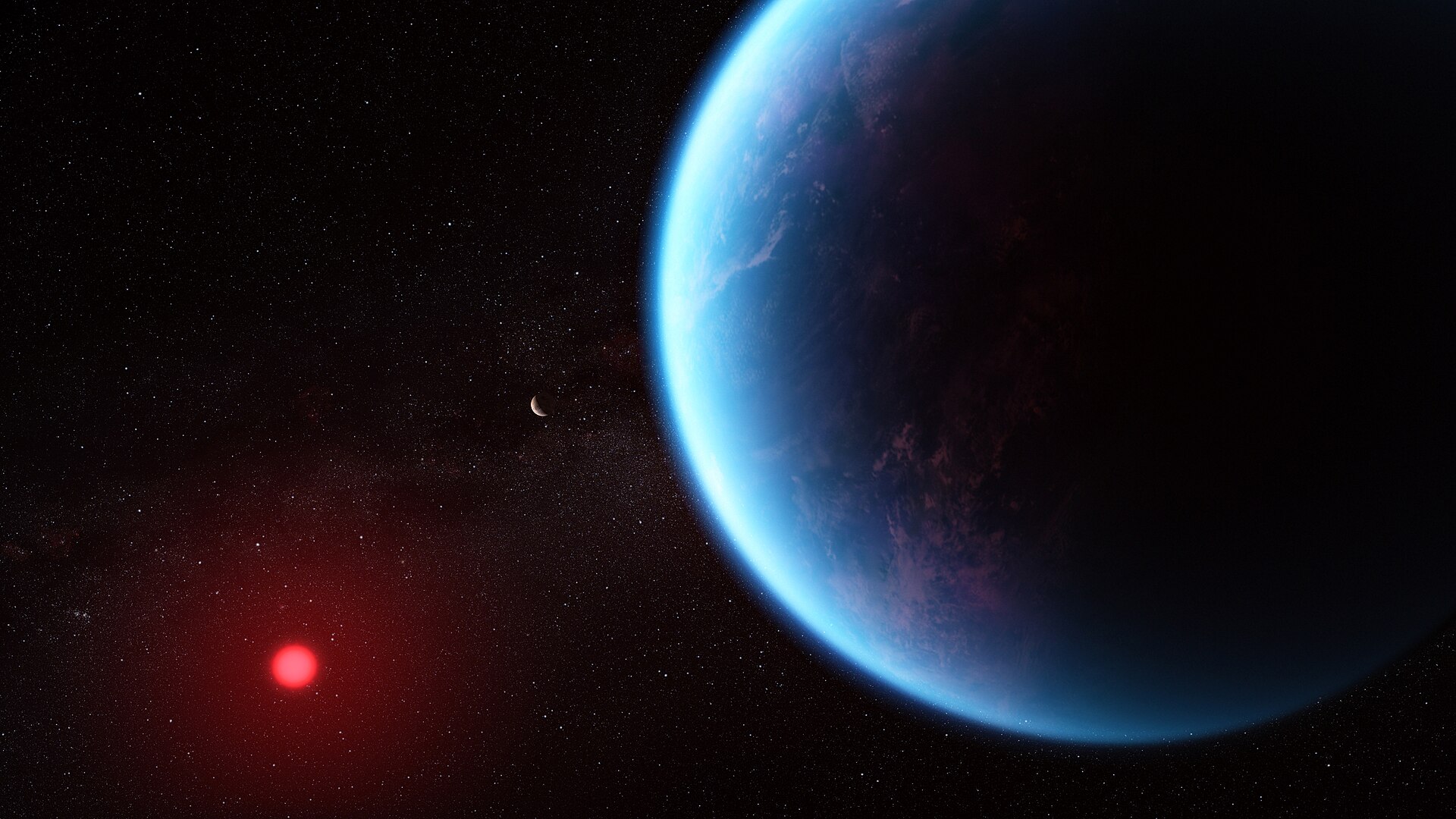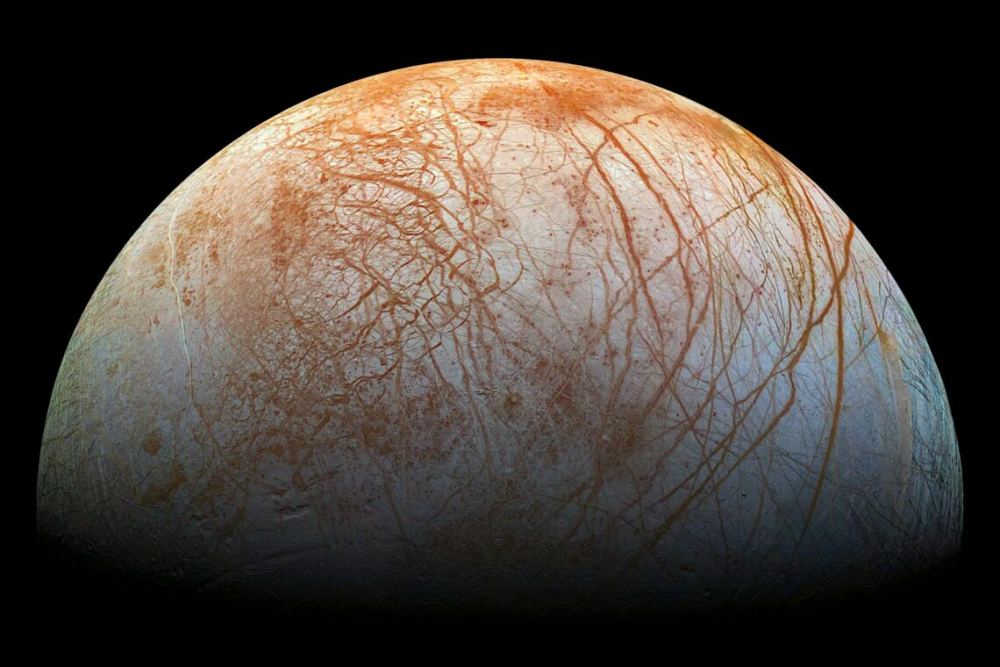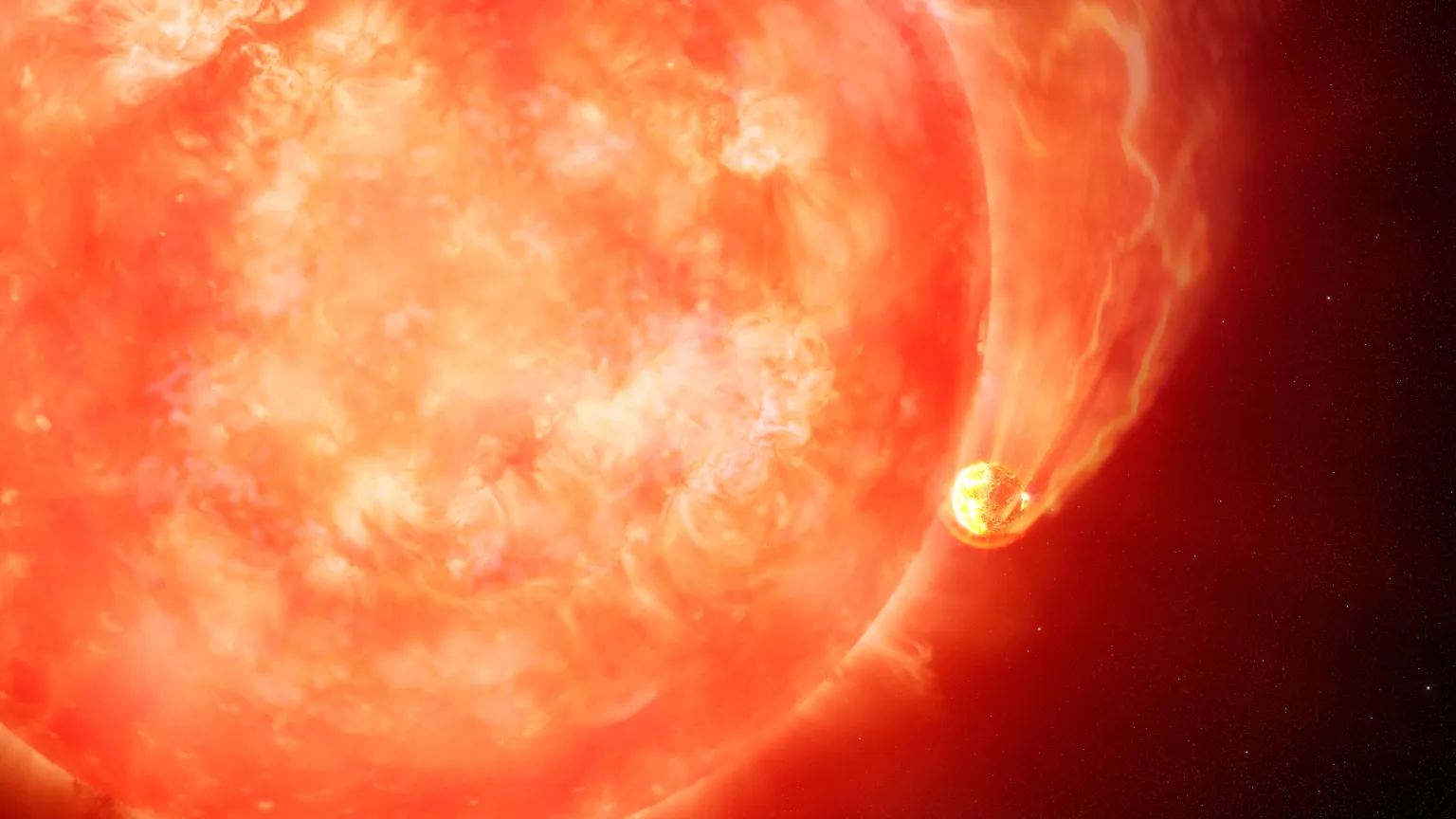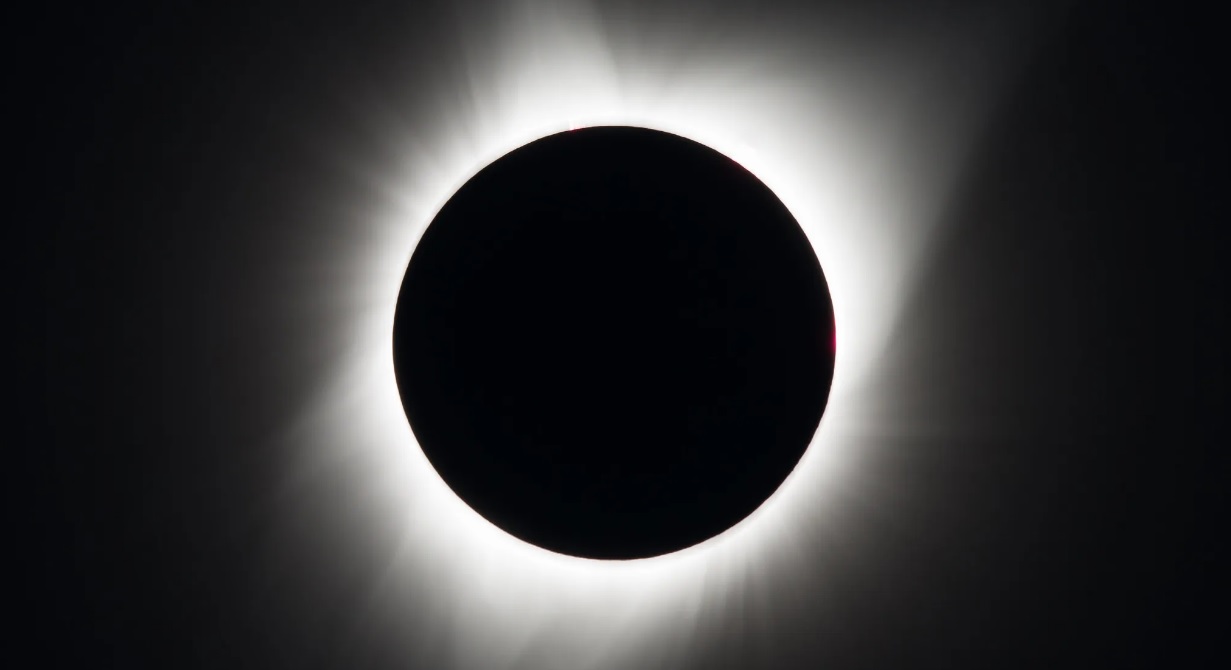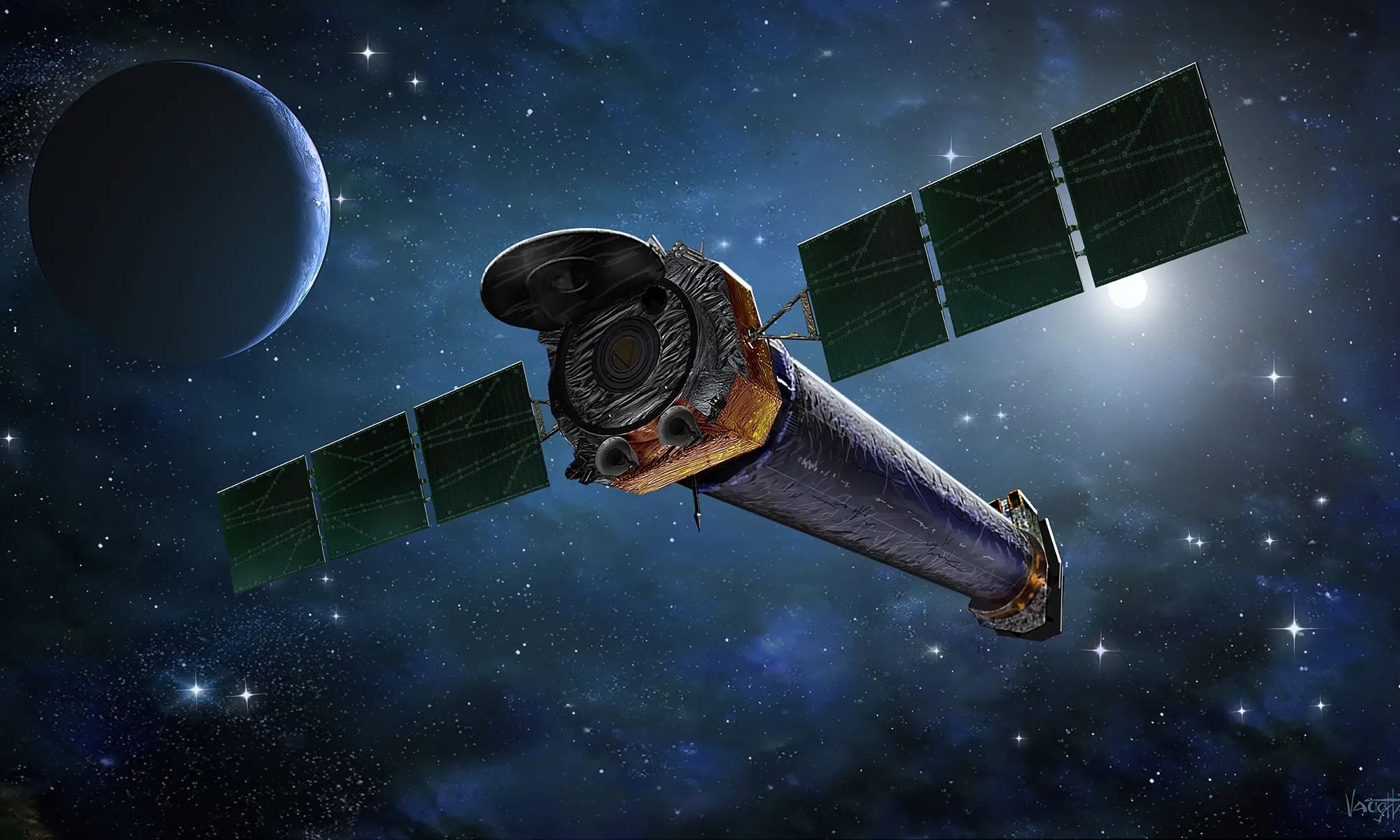After over 70 successful flights, a broken rotor ended the remarkable and groundbreaking Ingenuity helicopter mission on Mars. Now, NASA is considering how a larger, more capable helicopter could be an airborne geologist on the Red Planet. For the past several years scientists and engineers have been working on the concept, proposing a six-rotor hexacopter that would be about the size of the Perseverance rover.
Called the Mars Science Helicopter (MSH), it would not only serve as an aerial scout for a future rover, but more importantly, it could also carry up to 5 kg (11 lbs) of science instruments aloft in the thin Martian atmosphere and land in terrain that a rover can’t reach.
A new paper presented at the March 2024 Lunar and Planetary Science Conference outlines the geology work that such a helicopter could accomplish.
Continue reading “The Mars Science Helicopter Could be an Airborne Geologist on Mars”



